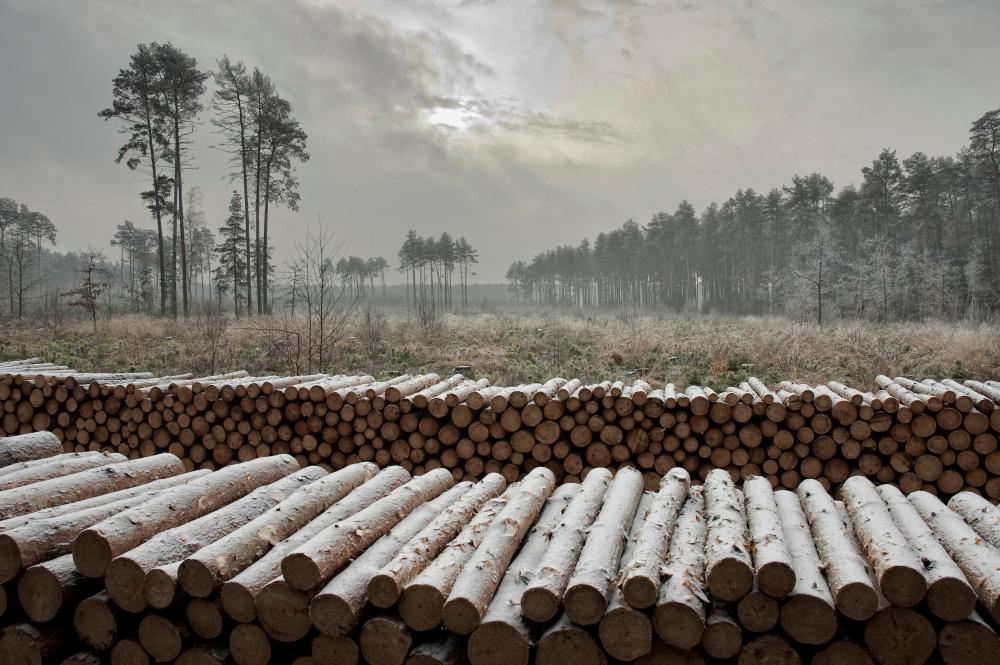 Asset Publisher
Asset Publisher
Sale conditions
Sale conditions of wood are specified by the regulation of Director – General of the Sate Forests.
Within the framework of the individual sale , the foresters try to meet the fast growing demand, because more and more people use wood in order to heat their houses. Contrary to general opinion, these are not only village people, even though they prevail among recipients. The growth of firewood demand is the result of occurrence of new housing estates built in the suburbs of large agglomerations, where houses are usually equipped in fireplace heating installations.
Firewood is not only the most ecological heat source, but also is much more attractive in respect of relation of price and electric efficiency, rather than cola, oil, gas or electric power.
In recent years, the Sate Forests increased the sale of firewood of one third – up to over 4 million cubic meters annually. Firewood is not only the most ecological heat source, but also is much more attractive in respect of relation of price and electric efficiency, rather than cola, oil, gas or electric power. Some of customers choose already prepared and cut into pieces wood, the others very willingly obtain it by themselves after arranging all details and fulfilling particular safety conditions, and after paying the fee; that concerns mainly so called "thinnings". Such a raw material is very cheap, that is why many people from village areas profit from such possibility.
 Asset Publisher
Asset Publisher
 Asset Publisher
Asset Publisher
Wyjątkowo duży pocisk
Wyjątkowo duży pocisk
Na powierzchni objętej oczyszczaniem saperskim odnaleziono pocisk artyleryjski z okresu II Wojny Światowej o wagomiarze ok. 500 kg i kalibrze 380 mm.
W dniu 06.11.2014r. Konsorcjium „Piła" DTPPW DE-MONT K Glijer, Bet-Min Andrzej Górski realizujące projekt „Rekultywacja na cele przyrodnicze terenów zdegradowanych, popoligonowych i powojskowych zarządzanych przez PGL LP" dokonało niezwykłego odkrycia. Na powierzchni objętej oczyszczaniem saperskim odnaleziono pocisk artyleryjski z okresu II Wojny Światowej o wagomiarze ok. 500 kg i kalibrze 380 mm. Pocisk najprawdopodobniej znajdował się w magazynie, który został w okresie działań wojennych wysadzony. W opinii ekspertów mógł pochodzić z działa kolejowego lub z dział okrętowych w które wyposażone były pancerniki (między innymi dokonujący inwazji na Polskę we wrześniu 1939 r. Schleswig - Holstein). Skąd zatem ów pocisk w lasach wałeckich? Otóż w Wałczu oraz Bornym Sulinowie szkoliły się niemieckie jednostki artyleryjskie i pociski mogły być używane do celów szkoleniowych, doświadczalnych jak również militarnych. W ostatnich latach odnalezione zostały w tym miejscu również inne tego typu i wagomiaru pociski, co potwierdza tezę o ich składowaniu w wałeckich lasach.









